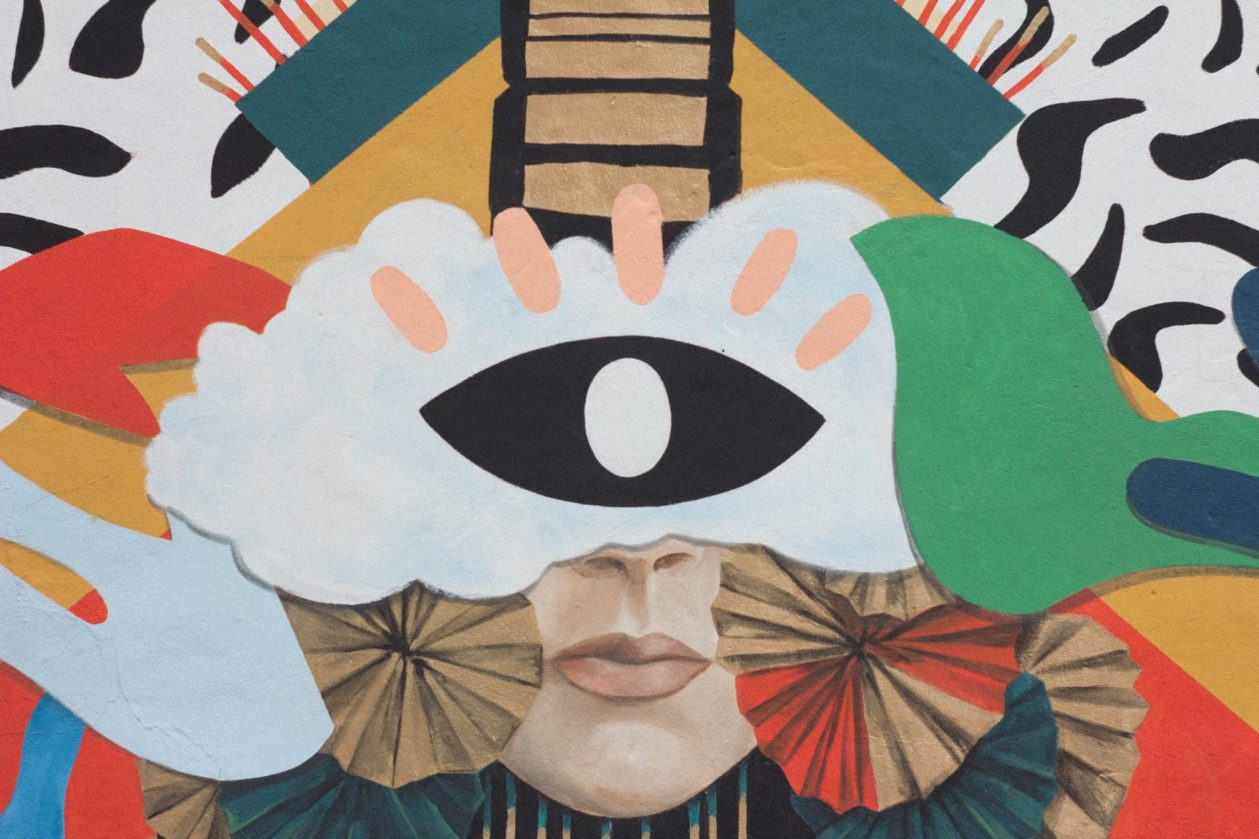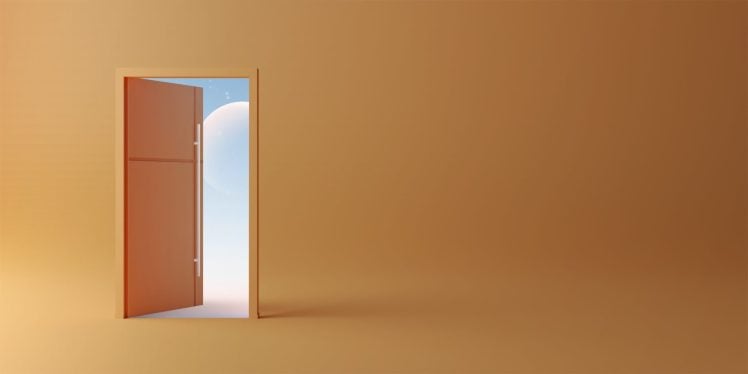In thinking about a series of articles during these extraordinary times, we immediately thought of the title “Art in the New Normal,” as art has been creating and commenting on new normals for centuries. That led us to thinking about how diverse art really is and what exactly is the definition of art. Art means so many different things to people of all ages, ethnicity, gender and type, be you a curator, collector, artist, patron or simply an observer. What is it that makes the artistic world so able to totally reinvent itself to either suit, challenge or advance a generation of perceptions and thinking?
People have many definitions of art. But one universal definition is that art expands and contracts based on the needs of its time and society. Artists stand aside from the cultural definition of their time but still comment, participate and investigate it; however, much as they are often deemed to be different, most real artists are in fact the most ordinary. Artists create a visual philosophy looking at the world we all inhabit.

Art is the activity or perceiving—this is what artists do—but this is what we all do as well, which also means that we all have within us the kernel of an artist. We all have the ability to see something new, and in a fresh way, without the concepts of what locks us into everyday life.
Along with the definition of art itself, there are the creative, cultural and also business implications of everything that art can influence. Art is the artifact of human expression and how society values and acknowledges its worth, and this has also made it into big business.
There are three themes that we would like to explore briefly here and then expand into individual articles and discussions in their own right, as they are so pertinent to where we are right now in the artistic cycle as far as the appreciation and understanding of art. Clearly, 2020 has given us more time to ponder and question both art and ourselves as artists, and with this in mind, we think that there are a number of ways of understanding how the arts really affect us.

The first we call Art 101—the World of Art. By exploring how the art world works, we will take you on a journey to understand how the art world operates, focusing on some of the artists, gallerists, critics and collectors. We will speak to artists about the making of their work and how and why they produce it. We will then explore how gallerists choose their artists, how the critics interpret it and why collectors collect what they do. This will also enable us to question how this art world will work in the future, as the way art is produced, experienced, sold and appreciated is changing rapidly.
Will the collectors of the future be going to openings at galleries and auction houses to enjoy a glass of champagne and buy the next addition to their collection or will they have more intimate relations with gallerists and artists? Could galleries become the focus of cultural exchange even with limited gatherings? Will curators have so much power in the future—the same for the gallerists—and might artists have more direct control of their destiny and come together in communities to share their art in different ways? We know there will be huge changes and adjustments, but how will it really pan out?
With art becoming as valuable as it has, it is now not only an investment but also an asset class and recognized as such by the financial establishment with art funds being launched all over the world. For many people, it has also transcended into pure business transactions. People collect for all sorts of reasons, and while in many cases, art is simply for enjoyment and to be used as decoration, for many others, it is more than that. Since art is recognized as an asset class, we want to explore why this is the case, as well as offering ways to look at art in this light as part of its role in a global community. This brings cultural challenges as well, and we will explore how this could develop in the new world.
The recent changes in the way we all live has brought “art as wellness” to the forefront of both our visual and spiritual well-being. Artists have always been revered for their creations, but we want to take a look at their methods of seeing. Artists are the storytellers of our human condition and their creations are the expression. Their singular trust in their visions and awareness are traits we can expand within ourselves and use these tools that artists use to bring out the artist within us to trust ourselves to perceive and to to feel.
As we mentioned at the outset, art is a visual philosophy and is the artifact of all our cultures. We can look at art to see the entire world through rational eyes, to be creative and also to form a spiritual perspective. One thing for sure is that art can only help us navigate and move forward in these extraordinary times.
Mary Dinaburg is the founder of Dinaburg Fine Arts, and Andrew Nicolls is the founder of Tulum Inside Out.






